The Chocolate-Brewing Witches of Colonial Latin America
The Inquisition persecuted women who used cacao to entice lovers and spurn enemies.
It happened, perhaps, one hot, humid night, mist over the mountains that bordered the colonial city of Santiago de Guatemala. Melchora de los Reyes, a young, mixed-raced woman, had sex with her lover. When she met him, she was a virgin, a doncella, a status that made her eligible for marriage in the strict, Catholic society of 1600s Guatemala. But whether it was a look of love in his eyes, words sweet and thick as the mist, or promises that her lover would marry her, de los Reyes chose to have sex.
He didn’t marry her. And Melchora de los Reyes was left alone, unmarriageable, shamed and possibly pregnant. So she did what many other women had done before: She consulted an hechizera, a sorcerer. There were many such sorcerers in colonial society, often indigenous women who peddled potent potions and magical incantations to women who found themselves powerless before an unfaithful lover, a violent husband, or the all-consuming ache of unrequited love. The sorcerer gave de los Reyes special powders and instructed her to mix them in her lost lover’s morning hot chocolate in order to make him “subject to her will.” De los Reyes fed the faithless man. Then, she was reported to the colonial Inquisition.
De los Reyes is one of many women whom the Spanish colonial government in Latin America tried on charges of witchcraft—and one of many specifically accused of practicing magic through bewitched hot chocolate. Martha Few, a Penn State history and gender studies professor who has written several books about gender, religion, and medicine in colonial Latin America, first spotted the trend while poring over Inquisition archives. “I just noticed in the Inquisition testimonies chocolate coming up quite a lot,” she says.

Chocolate was an everyday drink, as common then as a morning cup of coffee is today. But, Few noticed, it often emerged in the records as a vehicle for women’s magic spells, and, in turn, for European anxieties about ruling a majority non-white population, filled with women who wouldn’t do what they were told. “It also became this flash point between social conflicts that were racial and gender conflicts,” says Few.
At root, the Inquisition’s crackdown on chocolate-related brujería, or witchcraft, was a campaign to eliminate indigenous and African spiritual practices from colonial society. It was an attempt that failed: Despite persecution, Latin American communities continue to practice folk healing and magic to this day.
Based on chocolate’s history as a ritual beverage in pre-colonial society, it makes sense that the drink became a receptacle for Spanish fears of sorcery. Indigenous people have cultivated chocolate in the Americas for at least 3,000 years, and archaeologists have identified chocolate residue on Mayan vessels from as early as 250 BC. Chocolate was a high-status drink, shared by diplomats and served to couples in marriage ceremonies. When the Spanish colonized the Americas, chocolate’s striking taste, caffeinated buzz, and indigenous ritual significance made it an object of European adulation and paranoia.
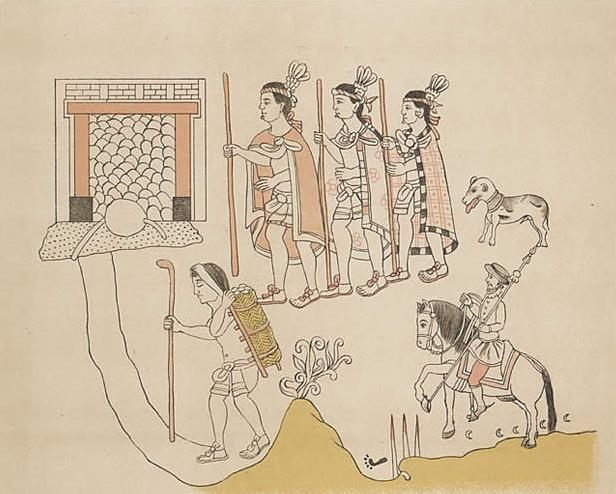
People of all genders drank chocolate, but women prepared it. Traditionally, cooks dried, roasted, and ground cacao beans, mixed the powder with water and spices such as vanilla and red-tinted annatto, and shaped and stored the thick paste in blocks. To prepare the beverage, they combined this paste with water and beat the drink until it foamed. Indigenous Mesoamericans associated chocolate with vitality, the warm crimson liquid representing the blood of life itself. Aztec Emperor Moctezuma drank chocolate, in one Spanish eyewitness account, “for success with the women.” Mayan women, writes Few, consumed it to strengthen themselves during menopause and childbirth.
The association between chocolate and health carried over into the colonial era. After their defeat of the Aztec and Maya, the Spanish prohibited the use of several ritual Aztec plants, such as psychotropic mushrooms, writes Manuel Aguilar-Moreno in his history of chocolate in colonial Mexico. But the Spanish adopted the practice of chocolate drinking, and its ritual connotations lingered. In Mexico City, according to Aguilar-Moreno, newly converted populations left offerings of cacao in front of images of Christ. In Santiago de Guatemala, current-day Antigua Guatemala, the site of Few’s study, people of native, Spanish, African, and mixed ancestry regularly consumed the beverage, made by women who learned to prepare it from indigenous servants or neighbors. “By the late 17th century, it’s for sale in the market,” says Few. “People are drinking it every day.” Priests drank chocolate while meeting the faithful, colonial hospitals stocked chocolate to fortify the sick, and husbands expected a morning cup from dutiful wives.
Chocolate was one of the hallmarks of the new, composite culture emerging in colonial Latin America, one that was heavily African and indigenous. By the 1600s, says Few, Santiago de Guatemala’s mixed-race people had outstripped Europeans, who were only about 15 percent of the population. Fearing that they were outnumbered, European elites imposed a series of repressive laws against non-whites, including curfew and laws prohibiting people of African descent from wearing jewelry or dressing like indigenous people.

Colonial authorities turned toward another tool: the Inquisition. The Spanish government, closely allied with the Catholic Church, had incorporated the Inquisition into their rule for centuries. Beginning in the 1200s, the Catholic Church had established a group of ecclesiastical tribunals, or religious courts, collectively dubbed the Inquisition, to weed out heretical practices. The Inquisition spread across Europe, and when the Spanish colonized the Americas, they took their tribunals with them.
In the 1500s, colonial witch hunting was informal, brutal, and targeted indigenous elites. “There was burning at the stake and extreme violence used against native people,” says Few. By the second half of the 17th century, the colonial Inquisition, as state agencies of death eventually do, had bureaucratized. With Maya and Aztec elites long since defeated, officials turned their attention to policing the increasingly blurry racial lines of a mixed society. They decided that everyday indigenous people, as newer converts to Christianity, should be educated, not executed, so they founded a body specifically dedicated to eliminating pre-Christian practices from their midst. Another body kept tabs on Europeans, Africans, and mixed-race people, who, as presumed earlier converts to Christianity, were more severely punished for deviations from church teaching.
But monitoring a diverse population’s religious practice was harder than the colonial government may have imagined. Spain’s colonial holdings were made up of conquered peoples, and conquest, whether by sword or bible, is always incomplete. This was the case in Spain, where, despite the Inquisition’s attempt to stamp out traces of Islam and Judaism, all three Abrahamic cultures tint the peninsula to this day. And it was the case in colonial Latin America, where indigenous world views suffused the European colonizers’ culture like the minerals in bedrock permeate well-water.
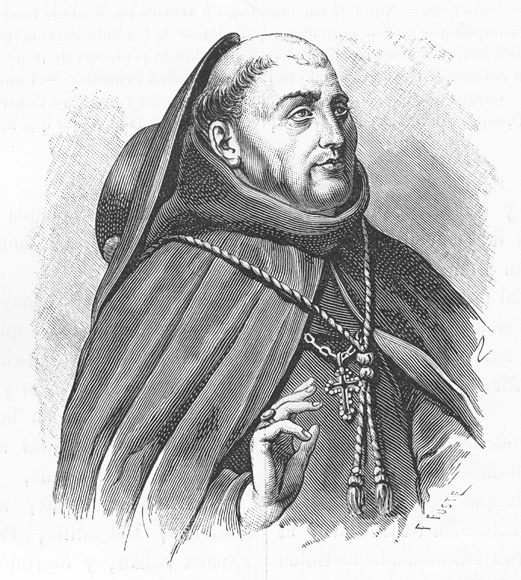
Women bore the brunt of this policing, perhaps partly because they often interacted across racial divides. Spanish, indigenous, African, and mixed-race women mingled in markets and kitchens. They shared recipes for homemade cures, which blurred the boundaries between what we’d now call science and magic, and they often consulted indigenous healers.
Whether in Europe or the Americas, witch hunts have long targeted women. Healing was traditionally women’s work, and accusations of witchcraft were a means of regulating women whose knowledge and economic power threatened male control. In Latin America, this gendered knowledge coupled with fears of indigenous ritual power to make women particularly vulnerable to the Inquisition.
Many of these cases centered around chocolate. As a daily drink with indigenous origins, made and served by women, chocolate evoked male fears. “Men would complain that women were bewitching them through food, and they were always suspicious of what they were served,” says Few, noting, however, that even the fear of poisoning wasn’t enough to make men cook for themselves.
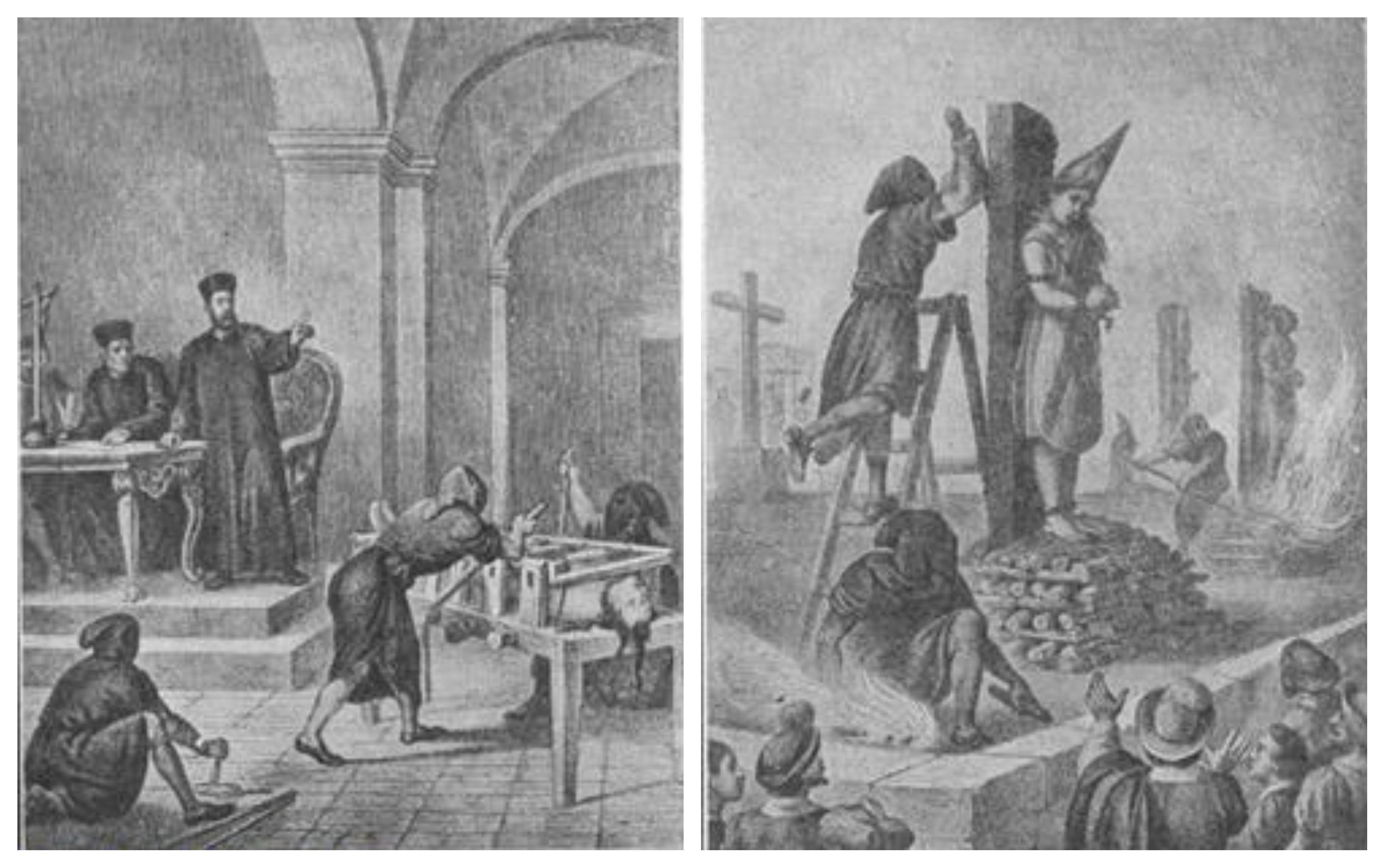
These duel fears—of poisoning and domestic labor—are precisely what motivated Juan de Fuentes, a 33-year-old mixed-race construction worker, to approach the Inquisition. As Few writes, de Fuentes alleged that his wife Cecilia had bewitched his masculinity away. Not only was de Fuentes seemingly unable to maintain an erection, but he also found himself strangely compelled to make the morning hot chocolate for his wife. Surely, the colonial authority concluded, a man serving his wife breakfast in bed could only be the work of the devil. “All this cannot be a natural thing,” the court commented about his testimony. Cecilia was sent to jail.
Other testimonies hinged not upon sorcery that compelled husbands to prepare chocolate, but magic served to men in hot chocolate itself. “A lot of women who got accused of being witches were widows or single, and were active in local economies,” Few says. Like Cecilia, many of the women whose stories Few uncovered used potions to defy traditional roles of wife and mother, or to assert their sexual agency.
One mother-daughter pair, the wealthy mulata, or African and European, widow Francisca de Agreda and her daughter, Juana, mixed their pubic hair and nail clippings into a cup of hot chocolate. They served the brew to Juana’s love interest, the local village priest. But they were thwarted by their slave, who reported the women to the local authorities as witches. María de Santa Inés, meanwhile—described by contemporaries as a “one-eyed, dark-skinned mulata”—earned the nickname La Panecito, The Pastry, for allegedly feeding her enemies bewitched chocolate pastries. Several neighbors testified to her nefarious motives. Doña Luisa de Gálvez, meanwhile, didn’t want revenge or seduction: She just wanted her husband to stop beating her. Following the advice of an indigenous healer named Anita, she washed her genitals with water and mixed the water with magic green and cinnamon-hued powders in a cup of hot chocolate. The healer went to a religious jail; we don’t know if doña Luisa was ever freed from the prison of her marriage.
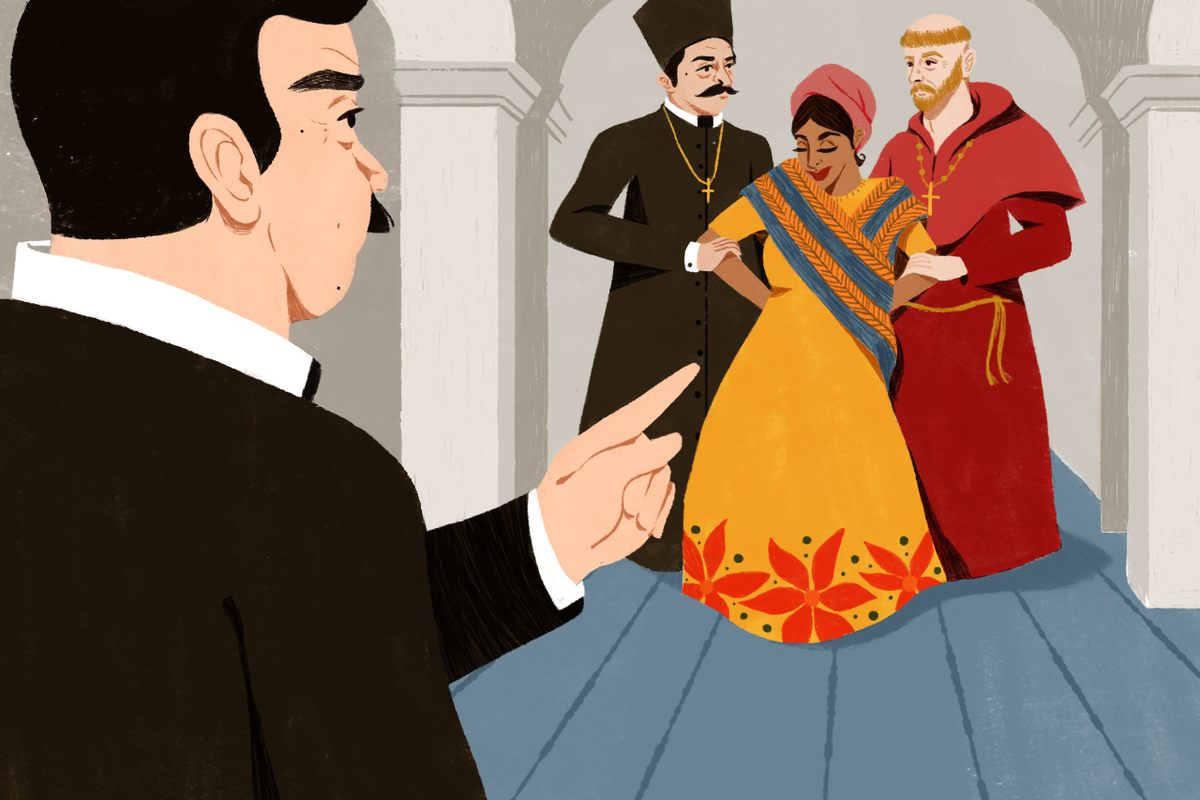
Records don’t reveal what became of Melchora de los Reyes, the woman who mixed magic powder into a faithless man’s hot chocolate. Colonial officials, after all, weren’t concerned with the hope and strength of a woman who, like so many before and after, was pushed to the fringes of society by the carelessness of a man she loved. To the Inquisition, de los Reyes—a descendent of slaves, in touch with indigenous magic, and able to turn a daily act of female servility into an assertion of erotic power—was a threat to be stomped out. But thanks to scholars such as Few, and the Latinx women who continue to pass down traditional healing today, stories like de los Reyes’s live on. The Spanish may have colonized an entire hemisphere, but they never could defeat the magic of everyday women.
You can join the conversation about this and other stories in the Atlas Obscura Community Forums.
Gastro Obscura covers the world’s most wondrous food and drink.
Sign up for our email, delivered twice a week.






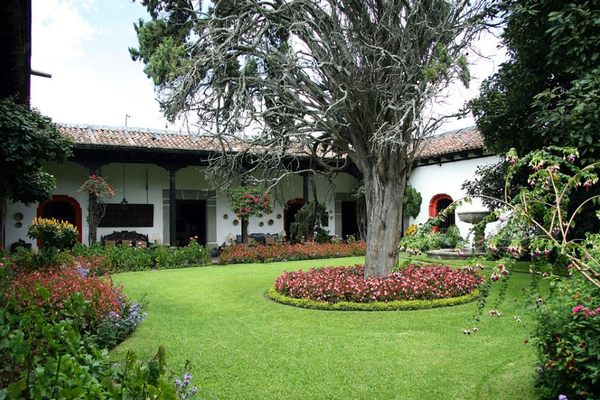

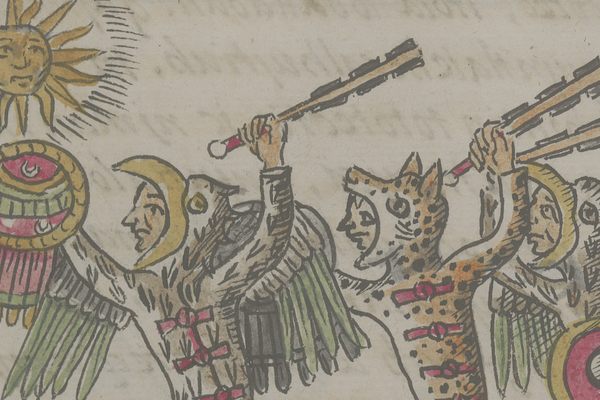
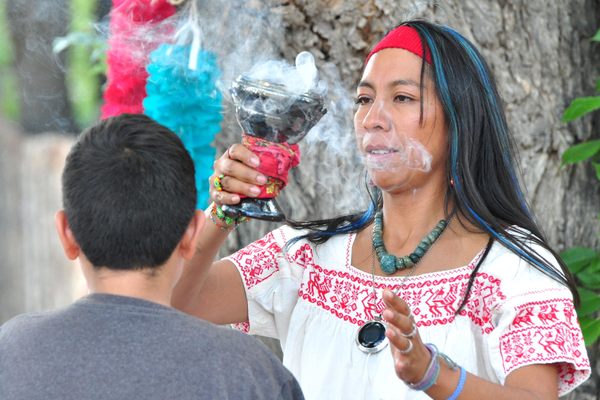
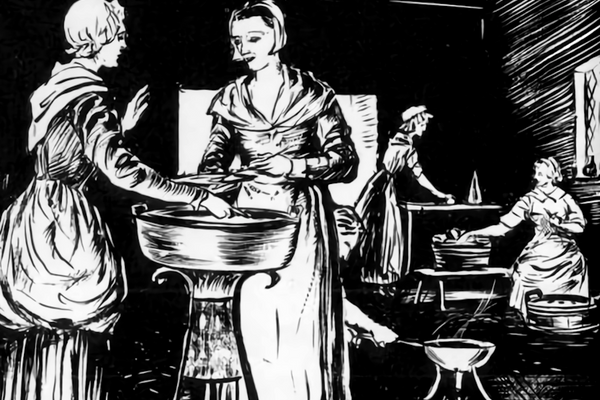
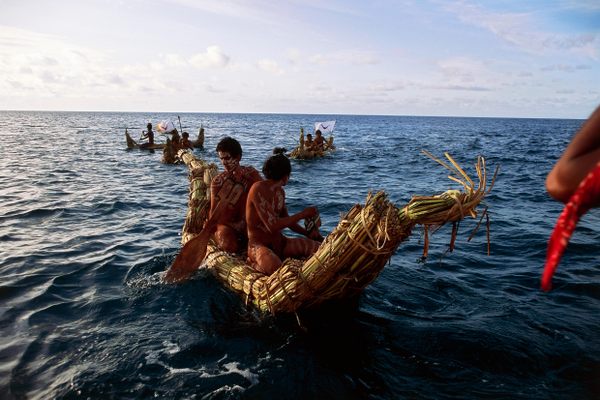


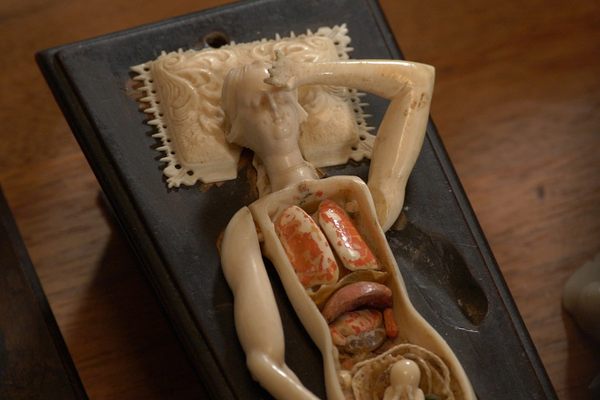







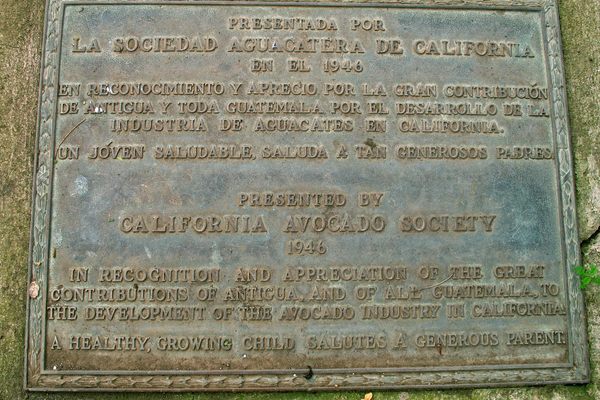
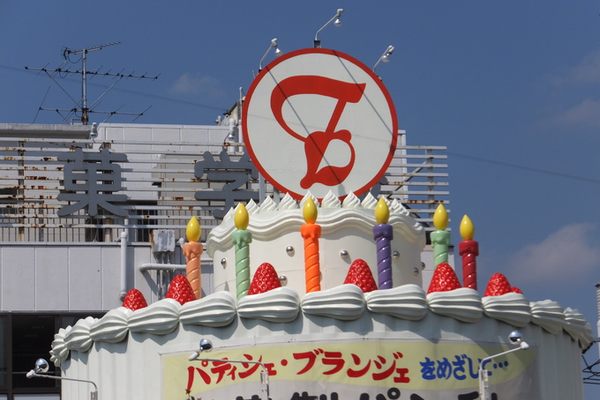






Follow us on Twitter to get the latest on the world's hidden wonders.
Like us on Facebook to get the latest on the world's hidden wonders.
Follow us on Twitter Like us on Facebook